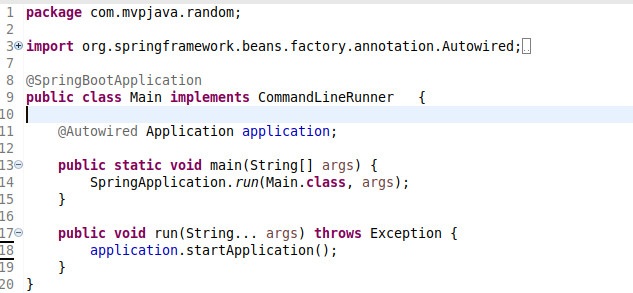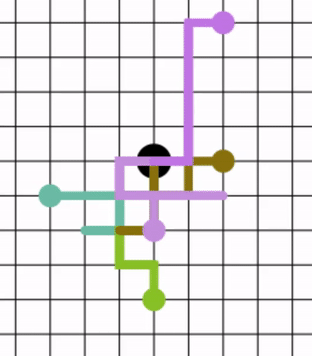

#Noise mapping random generation java code#
These greyscale images are produced by the following code import java.awt. The nextGaussian() method is used to get the next pseudorandom, Gaussian ('normally') distributed double value with mean 0.0 and standard deviation 1.0 from this random number generators sequence. Regarding if your perlin noise is 'correct' the easiest way to see if your perlin noise (or technically fractal noise based upon several octaves of perlin noise) is working is to use the values of your perlin noise to generate a greyscale image, this image should look like some kind of landscape (rolling hills, or mountains depending on the parameters you chose for the persistance (and to a less extent the number of octaves). Regions = new TextureRegion(texture,17,17,16,16) //rockįloat seed = noise.GenerateWhiteNoise(50, 50) Regions = new TextureRegion(texture,0,17,16,16) //sand Regions = new TextureRegion(texture,16,0,16,16) //water Regions = new TextureRegion(texture,0,0,16,16) //grass

HttpClient4 and Java Sampler support emulation of slow connections. Texture = new Texture(("assets/data/textures/basictextures.png")) Constant Timer Gaussian Random Timer Uniform Random Timer Constant Throughput. This post explains some of the algorithms you can use with Tilemap, introduced as a 2D feature in Unity 2017.2, and RuleTile. Some notable mentions include the likes of Minecraft, or more recently, Enter the Gungeon and Descenders. In Random-Island-Generator a region coloured 2d map and a 3d mesh of the land mass is generated thorugh perlin noise. Many creators have used procedural generation to add some diversity to their game. Private TextureRegion regions = new TextureRegion Perlin Noise is an algorithm wich generates a pixel map of Gradient Noise which is not totaly random but has random sets of areas where noise intensity changes gradually. How would I map Perlin noise to tiles? Currently I have 4 basic tiles water, sand, rock, and grass. Fewer octaves result in an unnatural appearance. Noise generators can be defined by the following parameters: Octaves: The amount of different copies of this noise generator, each scaled down from the last by a factor of 2. If my implementation is correct I don't know where to go from there to make random terrain. Minecraft uses several different types of noise generators, specifically those making use of gradient noise, for the generation of terrain alongside other features. How do I check it actually is outputting Perlin noise? def adjacentmin (noise): same as before output for i in range (len (noise) - 1): output.append(min (noisei, noisei+1)) return output for i in range (5): ed(i) noise random. 1D noise is used for animating objects, 2D and 3D noise are used for texturing objects. It takes a n-dimensional point with real coordinates as input and returns a float. I have got a Perlin class to work and generate noise but I'm not sure if the values its giving are correct. In mathematical terms we say that the noise function is a mapping from Rn to R (where n is the dimension of the value passed to the noise function). Shape: Style: Width: (2 to 200 cells) Height: (2 to 200 cells) Inner width: (0 or 2 to width - 2 cells) Inner height: (0 or 2 to height - 2 cells).
#Noise mapping random generation java download#
Below is the syntax highlighted version of GraphGenerator.java Create, download and print random mazes in varying styles and sizes. Hi ,Ive been playing hillclimb racer on a friends phone and I was wondering how the terrain is being generated.Since the maps are always the same Im assuming there is a seed value being used to randomly created curves which I assume are multiple wave equations super imposed on each other.


 0 kommentar(er)
0 kommentar(er)
